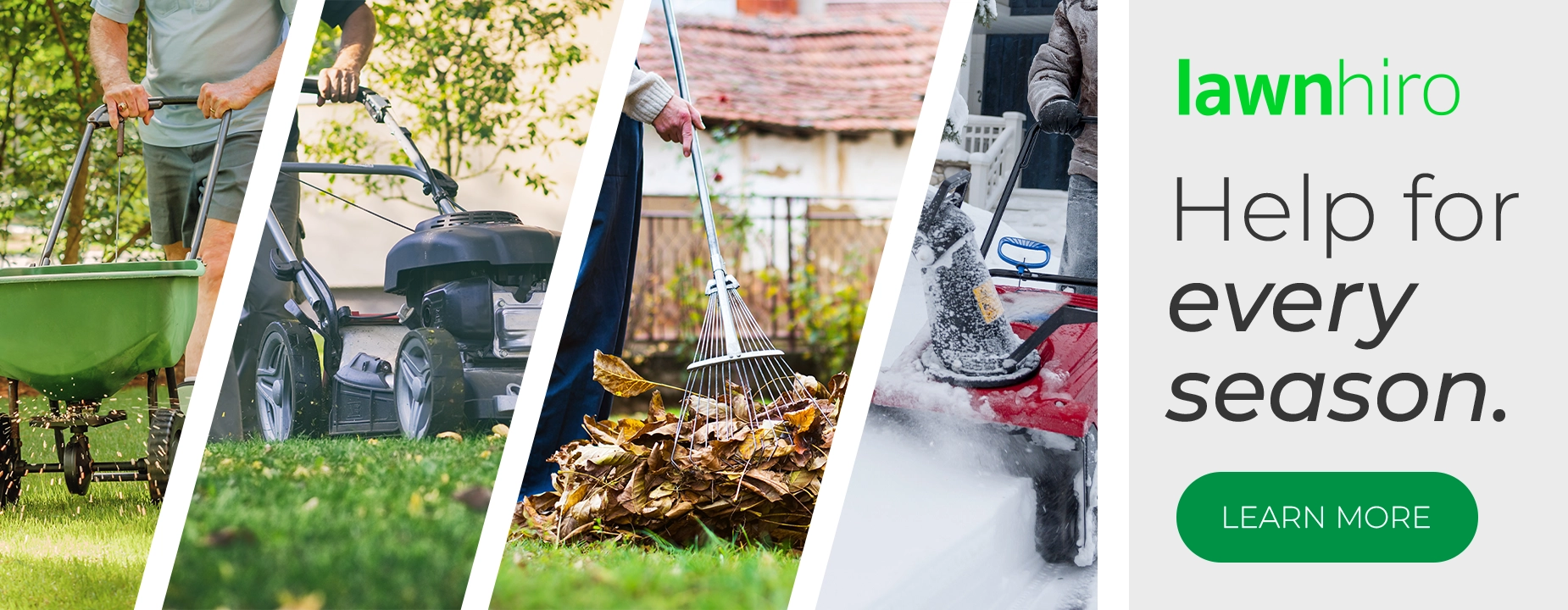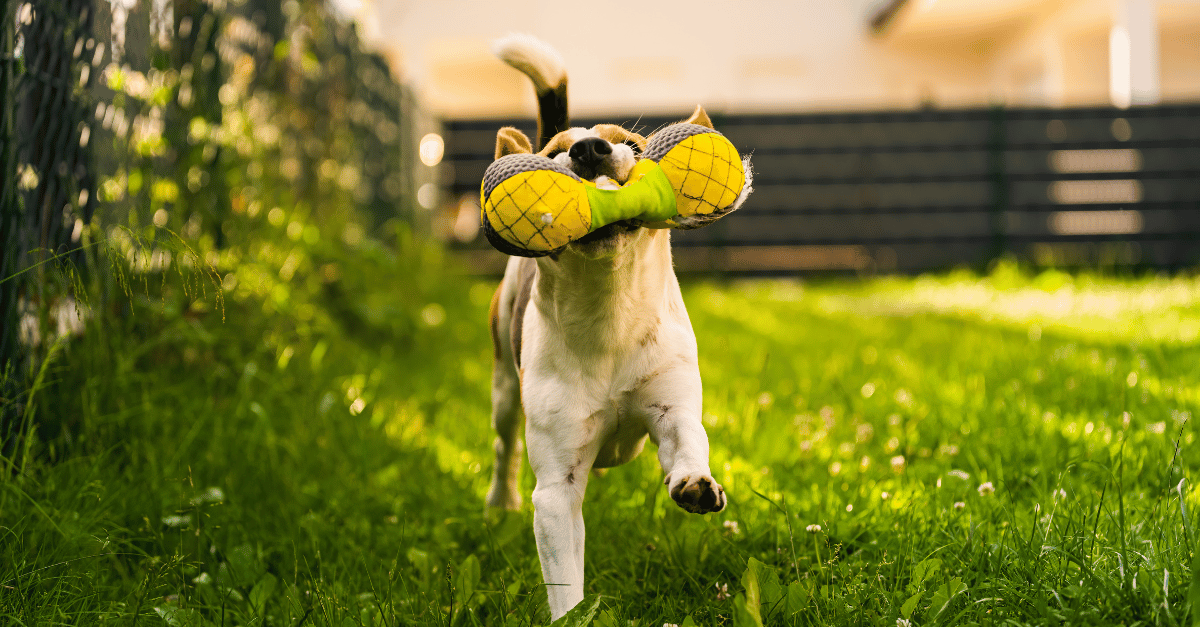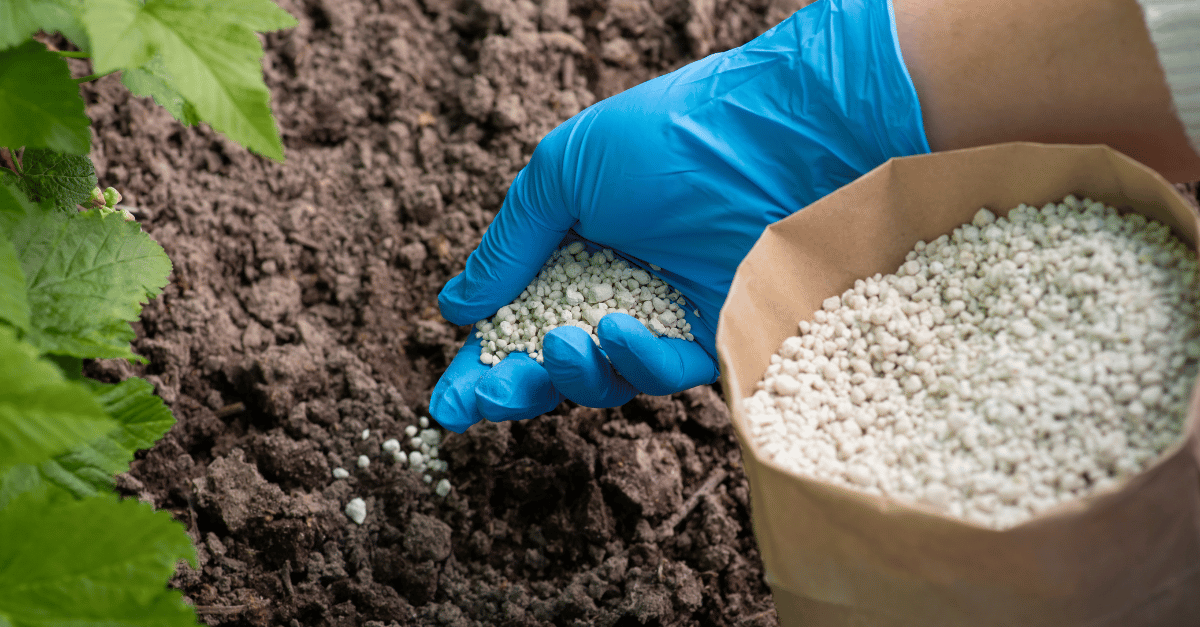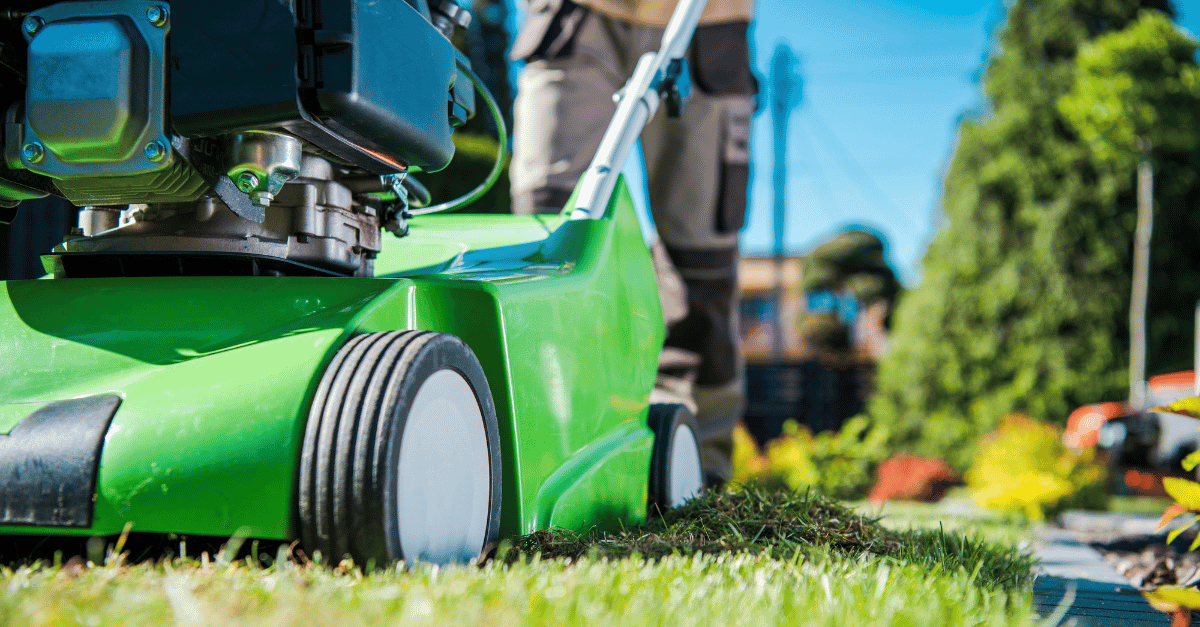
Leaf Removal Strategies
Why Leaves Change Color
Fall time in Nebraska is a great time of the year to experience beautiful colors of nature. Have you ever wondered why the leaves of trees change color to orange, red and brown every fall? When the days of autumn are bright and the nights chilly, but not freezing, the brightest foliage colors will develop. This is when you will see trees turn bright yellow, orange and red. It is a natural process deciduous trees go through to save sugars and survive the winter.
At the same time other chemical changes may occur, which form additional colors through the development of red anthocyanin pigments. Some mixtures give rise to the reddish and purplish fall colors of trees such as dogwoods and sumacs, while others give the sugar maple its brilliant orange.
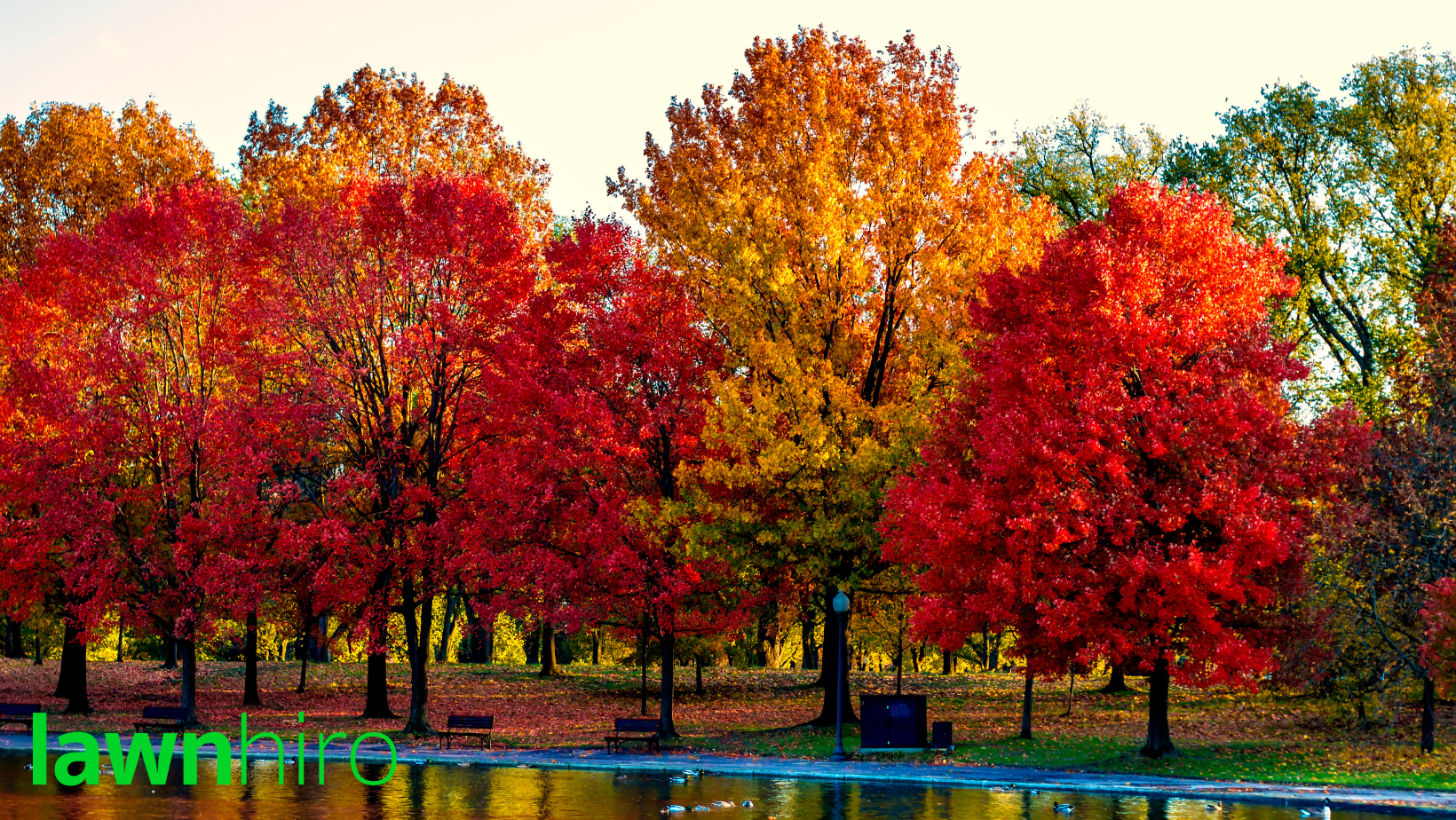
The autumn foliage of some trees show only yellow colors. Others, like many oaks, display mostly browns. According to New York’s College of Environmental Science and Forestry, all these colors are due to the mixing of varying amounts of the chlorophyll residue and other pigments in the leaf during the fall season.
Why Leaf Removal?
In late fall, leaf removal from lawns and landscapes is a common maintenance activity for homeowners. This season’s warmer fall temperatures have increased the time period for completing this chore before winter. But, don’t delay, heavy leaf debris allowed to remain on lawns during winter can cause thinning of the turf by preventing light from reaching the leaves, reducing or blocking photosynthesis for turf plants growing under the debris. Lawns with heavy leaf debris remaining on the turf through winter are also more susceptible to snow mold, a winter fungal disease, which can cause damage to turf.
Mulching leaves with a rotary mower several times throughout fall is a great way to remove leaves from lawns without raking, blowing, or bagging. When choosing to mulch leaves, dryer leaves mulch more easily and homeowners should not try to shred too many leaves in a single mowing. Choosing mulching as a method of leaf removal may also help improve soil health and add nutrients to the lawn through the return of shredded plant debris to the soil. If the leaf debris is too thick, the homeowner will need to remove leaves from the lawn using a rake, blower, or other equipment.
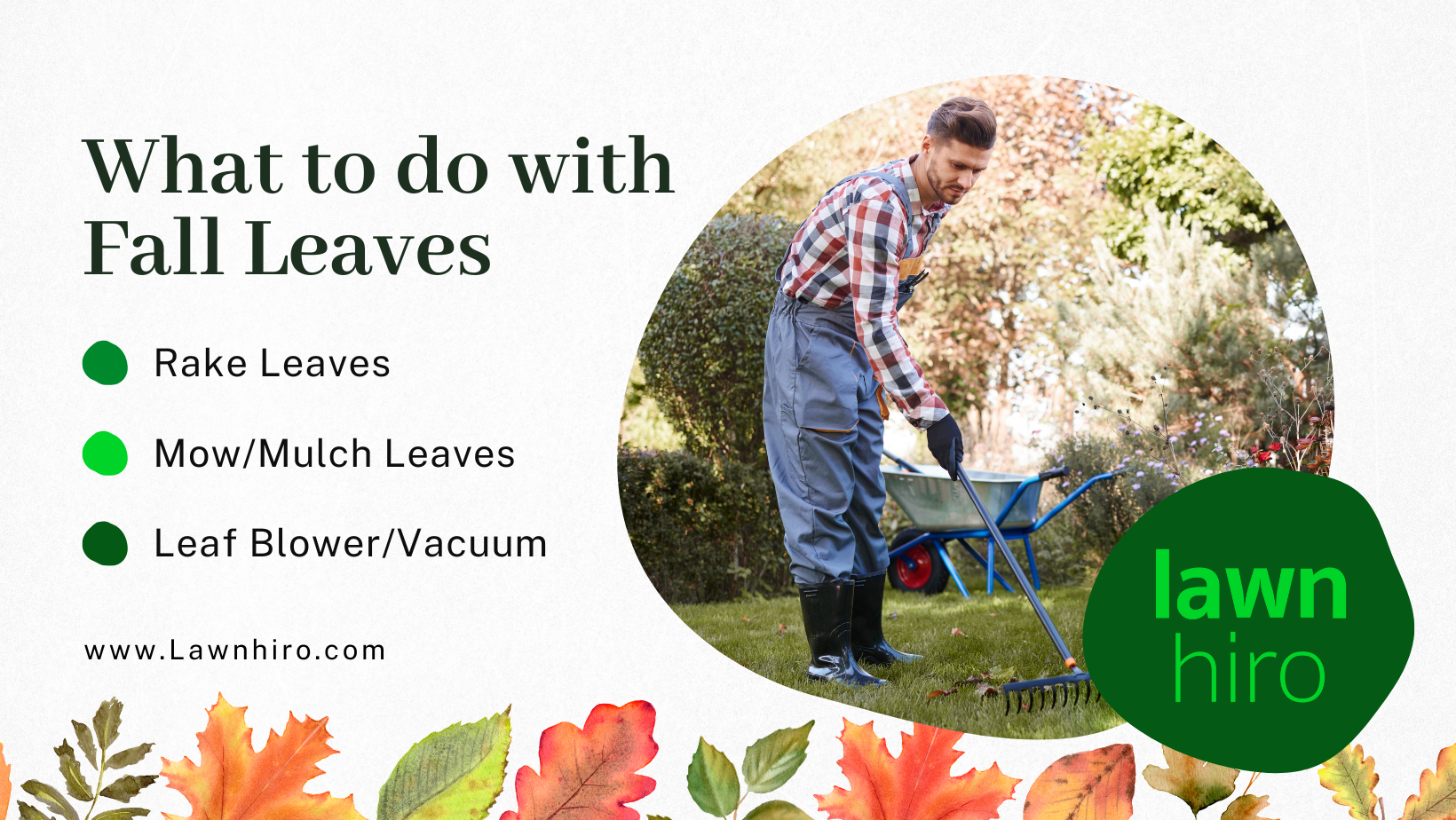
What To Do With Fall Leaves
Tree leaves are fun to play in as a kid and most everyone loves the crunch sound under your feet as we walk over fallen leaves. After nightly temperatures drop below freezing in the fall, those leaves fall to the ground. However, leaves should not be left on the lawn in large quantities. This can be damaging to turfgrass and surface water. It is best to use leaves in compost or remove them from the lawn.
Fallen tree leaves, and grass clippings, are an important source of organic matter. As this yard waste decomposes, phosphorous and nitrogen is released. This is beneficial if decomposition is taking place in a compost pile or garden bed. According to Kelly Feehan, Nebraska Extension Educator – Horticulture.
“If decomposition is taking place in water, an overload will contribute to impaired water ecology, such as excess algal growth.” To reduce the pollutant load on surface water, do not dump tree leaves or grass clippings along stream banks or near ponds where rainfall and snow melt can carry them into the water. Instead, compost leaves and grass clippings, use them as mulch, or till them into garden soil during fall.
So what can you do to help remove the leaves from your lawn? I’m glad you asked.
- Raking Leaves
Raking the leaves is the most obvious and possibly the most difficult and labor intensive. Choose a windless day to rake leaves so they won’t fly away. Aim for raking leaves before the first frost or snow of the winter season. You can rake whenever leaves have fallen on the ground, but waiting until later in autumn, when most leaves are off trees, is the best time to make your raking chore one and done. The drier the leaves the easier it will be to rake them up. - Mowing Leaves
Mowing leaves into Turfgrass is an option using a mulching mower. Tree leaves can be mowed and left on the lawn if a sharp mower blade that finely chops leaves is used. The rule of thumb is if the un-mowed leaf layer is one inch or less thick, it’s okay to mow and not bag leaves. After mowing, the mowed leaf layer should not be thick enough to mat and suffocate grass. For healthy lawns, mow or remove tree leaves from lawns on a regular basis. - Leaf Blower/Vacuum
If your property has several large trees you may want to consider using a high powered leaf blower/vacuum. While renting heavy duty equipment like this may be physically and financially daunting, this may be a good option for those with a large lawn and heavy leaf debris.
Hire a Leaf Removal Service Near Me
This option is by far the easiest solution to cleaning the leaves from your lawn. Sure you could call all over town to find a service, but do you really want to? Make it fast and convenient on yourself with LawnHiro.com. At Lawnhiro.com you can book a local Lawnhiro provider for leaf removal in minutes. Simply login or create an account to select your address, pick the type of service and choose a date you would like to receive service. Pricing is instant and upfront. You will be matched with a hand-selected Lawnhiro provider nearest to you. You will also receive notification emails every step of the way, giving you the peace of mind you’ve been looking for.

